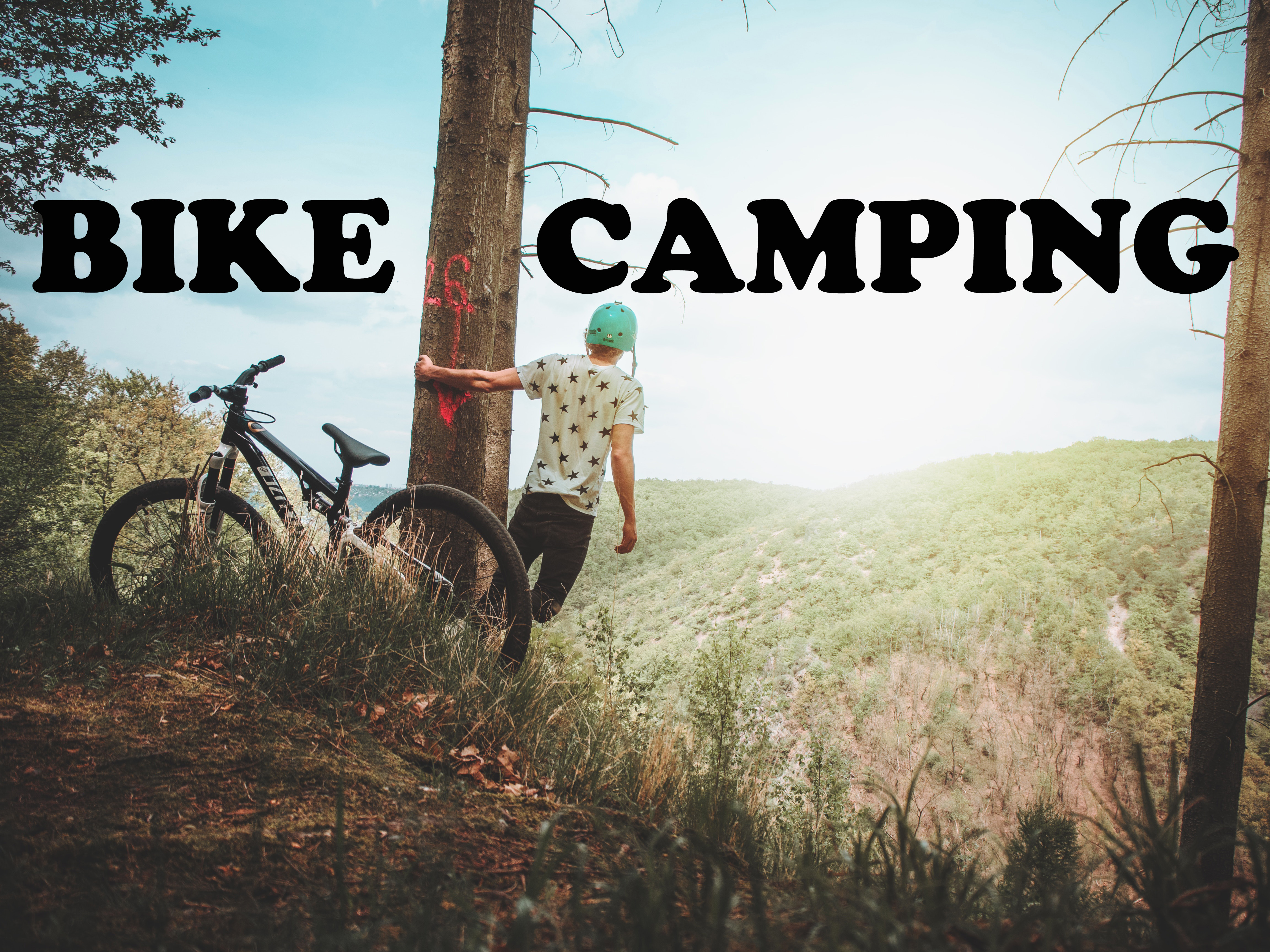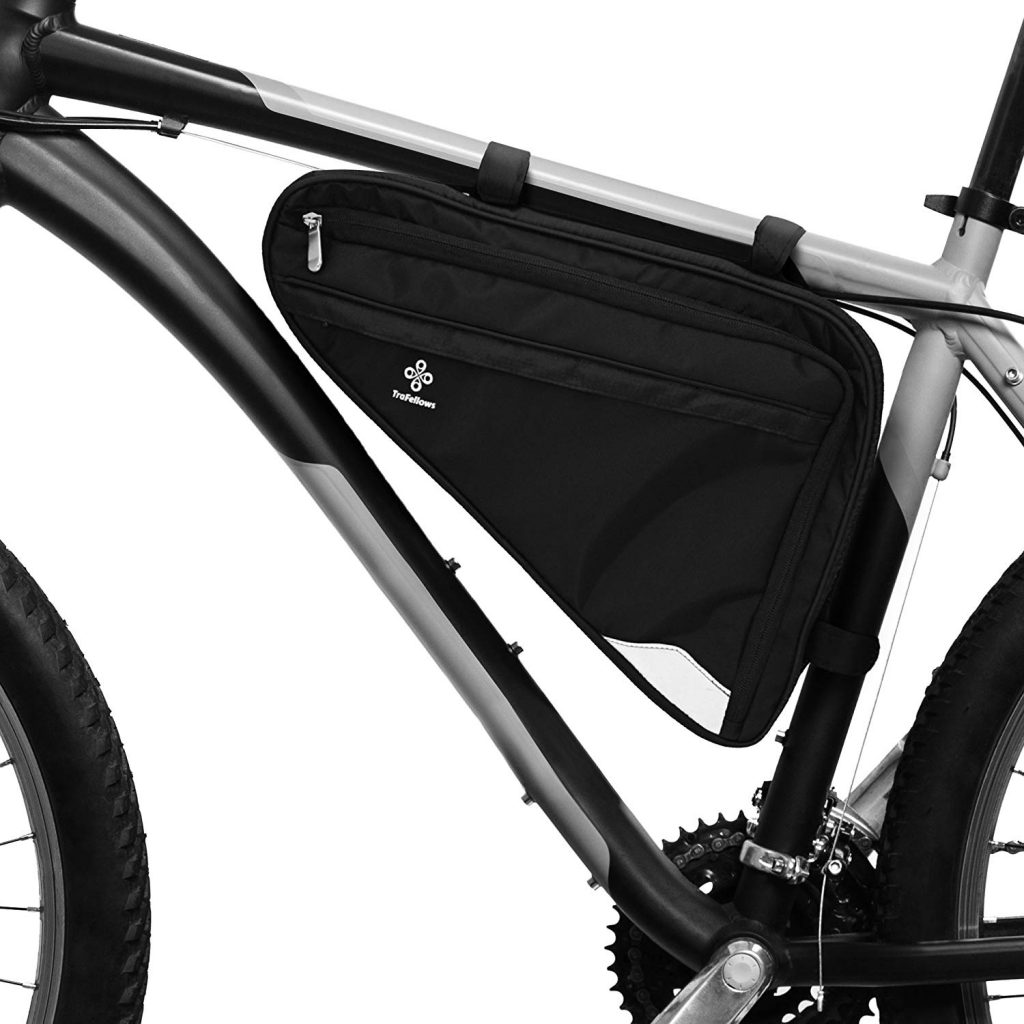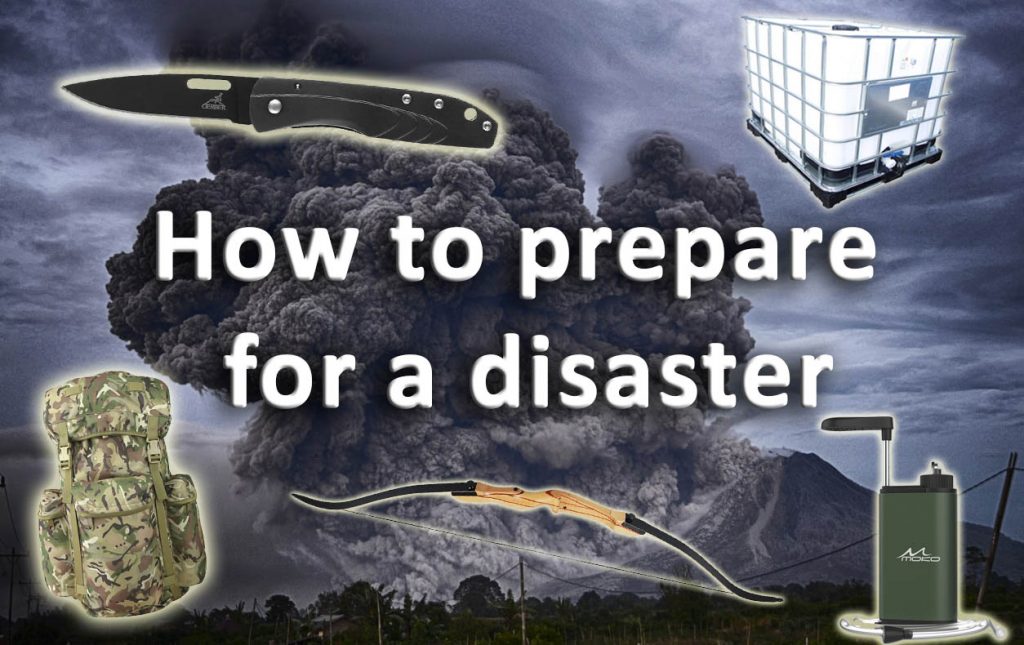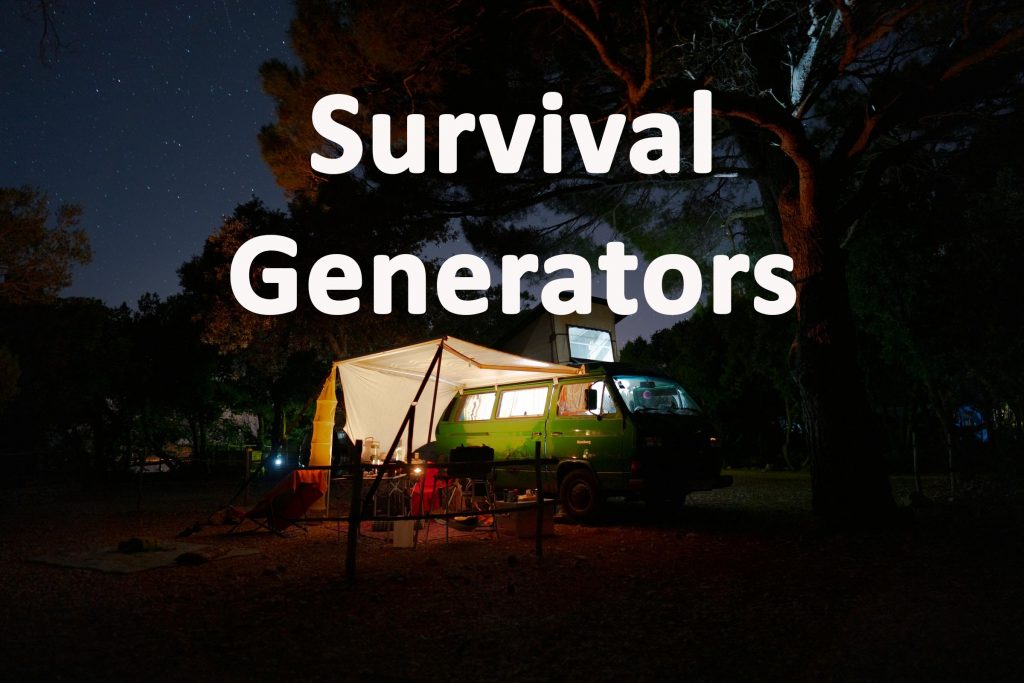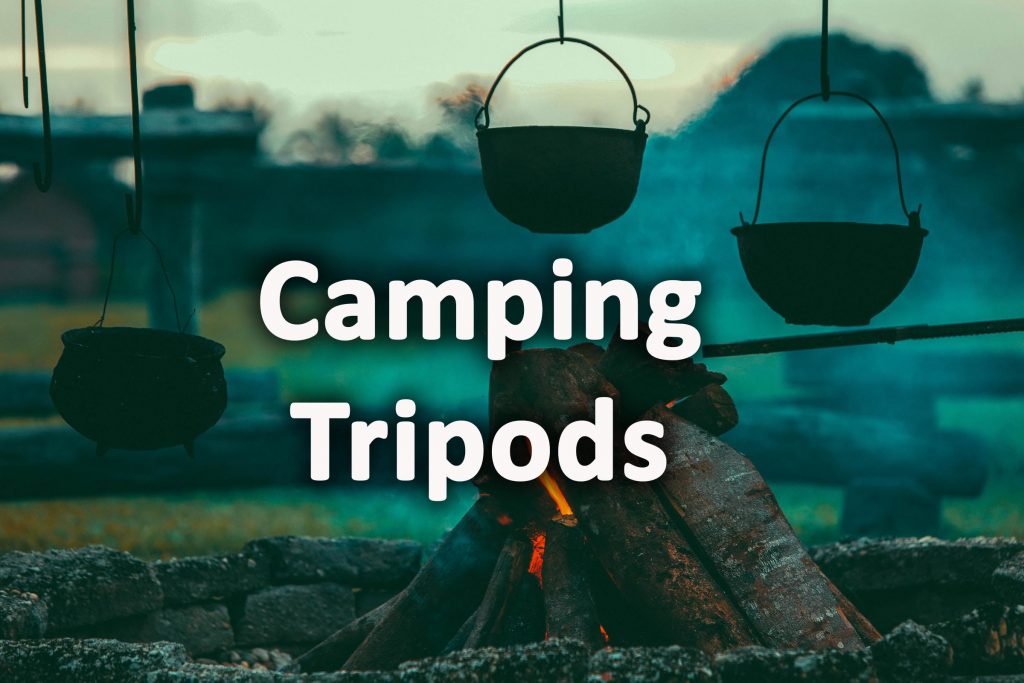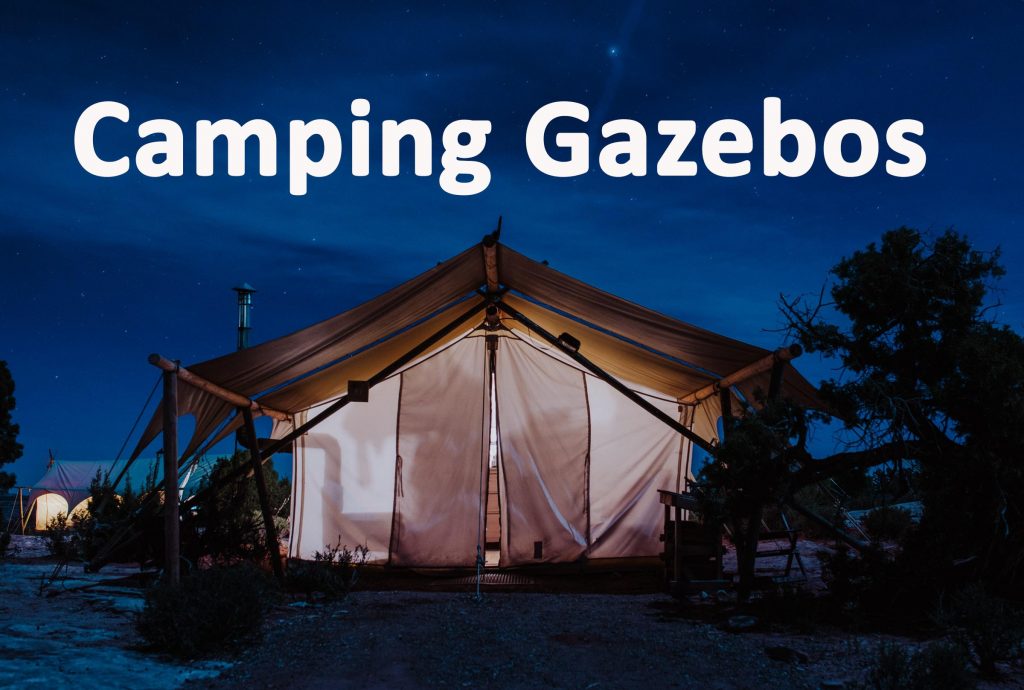
What is bike camping?
Bicycle camping or bike packing is a form of bicycle touring through the landscape and camping along route. The combination of camping and bicycle touring makes for some truly interesting and resourceful adventures. When bringing together these two disciplines refining your equipment for maximum efficiency is paramount. Trying to combine minimum weight load with everything you need to survive can be tricky. This is a part of the appeal of bike camping with the freedom of becoming self sufficient on the wheel. Bike camping is a continuous, refining process developing your equipment to become a well oiled travelling, survival machine.

Why bike camp?
Bike camping gives you the extraordinary ability to experience great places completely free from the grid. It allows you to experience places in a way not possible when travelling by car. The roar of the wind the smell of country bakeries and the early morning mist. These are just some of the delights you may encounter on your bike camping adventures.
Bike camping can give you a truly inexpensive way to travel. There is no need for expensive hotels or hire cars, bike camping is the ultimate way to explore on a budget. During traditional holidays or weekends away we rarely experience a regions is true spirit. Usually we are carted from expensive venue to venue never being in complete control. Bike Camping allows you to explore with the intimacy of a hike but the speed and endurance of a bike.
![]()
This allows you to truly get to know a place and plan the routes you wish to take. As well as being a genuine adventure bike camping can host a variety of epic challenges. Bicycle camp across an ancient trail, Local County or even a whole country. There is often an amazing feeling of invincibility when completing a bike camping expedition. These can be truly life changing experiences for all who take them on.
Bicycle camping is fantastic for physical conditioning whatever you current level of fitness is. The added benefit of planning an expedition gives you a goal to achieve pushing your boundaries. This means you can gradually work your way up from an amateur to expert in no time. Bike camping expeditions and challenges make you give your all releasing good endorphins and raising a positive mood.
Bike camping expeditions
There are many challenges you can set for yourself when bicycle camping. These can vary depending where you are in the word. In the UK routes such as Hadrian’s cycle way is a popular choice. The USA and Europe also have numerous routes you can take alone or as a part of a group. If you are just starting out you can plan your own bicycle challenges for shorter trips.
Terrain
When choosing a route to cycle camp it’s important to try out your route first with no weight. This will allow you to conceive just how challenging it will be with your camping gear. Try to get a judge for what the terrain is like. Going downhill is fun for a time until you have to walk all your gear up a steep hill. Also it is important to consider where you will camp along the route. This may be at a camp ground or at a stealth camping location.

Climate
When cycling across long distances it is important to understand the sort of climate you will be riding in. This is especially relevant if you are travelling to a new country. Cycling in extreme heat with all you equipment and safety helmet can lead to exhaustion and even heat stroke. This can be extremely dangerous when travelling on roads with fast traffic. Always be prepared for the climate you will be camping in, this can include seasonal changes within your own local climate. Bear in mind you can only carry so much water with you when bicycle camping. Try to plan ahead before you leave so you know where water will be throughout your journey.

Having the correct equipment
Being able to successfully carry out all the necessary gear to live on the road is not an easy task. The bicycle camper’s equipment has to be extremely refined and organised. It is very important that every kilogram of weight is scrutinised to the maximum to eliminate all access weight. If the weight of your kit was not already enough you have to pay attention to weight distribution of your bicycle.
This has to be as even as possible as not to jeopardise the bikes functionality over long distances. One of the other dilemmas of the bicycle camper is having gear which packs down small. Not taking up too much room is vital as space within bicycle camping bag is limited.
These bags are usually located on the sides, underside and handle bars of the bike. It is important that these do not become too bulky as this can increase wind drag on the bike. This can mean more effort and calories burned by you. If venturing on a large expedition make sure you change the bikes chains, Chain rings and cables. Try not to have to carry spares on your trip this will simply add to the weight. On long expeditions also make sure you have good quality tyres. The extra weight of bike camping combined with vigorous use can result in multiple punctures.

Bicycle
When it comes to bicycles it really comes to whatever you find best for you. This really depends on if you will be aiming to travel by road cross country. In any event bike camping bikes should be robust with a comfortable seat for long distance riding. It is also advised that you have multiple grip options for your handle to reduce numbing.
Sometimes the leant over positioning of road bikes is not the best of bicycle camping. Mountain bikes are better but a hybrid between the two can be most ideal. Again this simply depends on the type of expeditions you will be doing and what your preferences are.
Lightweight 21 speed mountain bike
Bike bags
These come in a range of sizes, shapes and colours for carrying all sorts of gear on your trips. The difference with cycle rucksacks is they are distributed across the anatomy of the bicycle. This is contrary to back packing on foot where packs are worn on the back. Multiple bags spread out on either side of the bike ensure no uneven loads. One big benefit of these bags is they allow you easy access to all you kit. The main types of bike bags are Pannier, Canis, Fork mounted and Saddle bags.
E-Goal Tear Resistant Saddle bag

Roswheel 100% waterproof Handle bar bag
Tent
Most bike camping requires some sort of tent or shelter to sleep inside. The main factor here is weight and not wanting to add too much to the bag may restrict choice. Be wary here, it is important to have a tent which has some space. This is paramount if the weather becomes too miserable to cycle and need to abort a day cycling. You will be thankful to have some space if you have been cycling in stormy conditions all day. A maximum weight of 2 kilograms is however recommended.
Coleman Lightweight Aravis Two Man Tent
Hammock
Hammocks can be used for bike camping and are much lighter and quick to put up than tents. These however do not give you as much dry space as a tent. Some campers find hammocks comfortable while some others do not. Perhaps you will have to experiment but hammock camping is better in warm weather. Bear in mind you will also need to erect a tarp shelter overhead.
Adventure Gear camping hammock
Bivvy
These are waterproof bags for your sleeping bag to fit inside; some have hoops to create a sleeping tunnel. These are generally not used by bicycle campers but some do as they are small and light weight.
Sleeping bag
No matter what form of shelter you choose you will need a sleeping bag! With these it is best to get something which will pack down small and not be too heavy. Other than that the choice is yours.
Highlander Lightweight Compact Sleeping Bag
Sleeping mat
Sleeping mats are greatly beneficial for comfort on your trip. This is true even if you decide to use a hammock. I would say the large, roll out sleeping mats are a bad idea as they are simply too bulky. The best solution here is use a blow up lattice mat. These can inflate only after around 15 puffs and pack down to a very compact size.
Ultra compact lattice blow up camping mat
Stove
Stoves are extremely vital unless you are stopping at McDonalds at every town! A stove for brewing u tea and cooking rations can be gods send especially on cold days. There are many to choose from but be cautious these will generally be heavy. If your stealth camping in wild places there are some flat, packing, stick burners which are effective.

Clothing
What clothes you need to take will depend on how long your trip. Clothing is an essential item and will bulk out your bike bags. Much preparation is needed here but bear in mind essential riding equipment will also be required. Many bicycle campers have evening clothes and underwear to change into after riding all day. Essentials like padded riding shorts, gloves and toe warmers will also be necessary.
Food
Most bicycle campers will aim to take food with them on their travels. This is more efficient on cost and exploring time. Really the best way to achieve maximum food with minimum weight and space is dehydrated meals. These are quick and simple as you simply just have to add boiling water. These can bought online and at outdoor stores but can also be made at home. If you have a kitchen dehydrator appliance these can dehydrate pretty much any meal you make. Simply separate portions into zip lock bags and take them with you in your kit.

Water
Water is going to be vital to sustain you bicycle camping especially during long trips. Cycling is very physical and you will need constant hydration on your journeys. If you will be travelling through rural towns you can fill up at stores and public houses. If you are less likely to be near habitation you can use natural sources as long it is clean or boiled. You also have the option to take purification straws or chlorine tablets. The general rule here is try to plan fill up points before trips and if in doubt don’t drink it. Water weighs a kilogram a litre and a cyclist should at least drink 3 litres a day on average.
Training
With any physical activity or new activity it is important to put in time training. This allows you to build up fitness and experience before undertaking any large scale expeditions. If you are already an experienced bike rider or camper combining the two activities can take some adaption. With regular training and refining your kit you will soon be ready for some epic adventures. Make your friends jealous with amazing stories and a great physic to match!
Where to camp
There are many potential locations to take advantage of when bike camping but this can be a tricky issue. Randomly camping in many places can be illegal and staying on the correct side of the law is always best. In most cases camping is fine as long as you have permission. This can be sought after in public houses or even church grounds. Most of the time people see you are cycling cross country and known you will head off at first light.
Some simple planning before you leave will make this an easy hurdle to get over. More commonly you are in such a remote area it is quite easy to find somewhere wild to pitch up. As long as you are not trespassing or hurting anyone wild places are usually ok to camp. In my opinion it is best to ask around but if you have no other choice stealth camping may be an option.

Stealth camping
Stealth camping is a method of wild camping in a hidden location so you go unnoticed within the landscape. If you do have to stealth camp try to pitch up and take down your camp before first light. Ideally this has to be carried out as far from people’s property and land as possible. Stealth camping is great as a last resort but try to make it only a last resort. For more about stealth camping why not check out our article on stealth camping tricks and techniques here.
Safety
However you decide to camp out on your bike camping adventures there are some safety tips to consider.
Try to be aware that some rural places allow hunting. Even though you are trying to be respectful by hiding in wild places try to avoid hunting zones. These can be identified by empty cartridges littered around or signs. Remember some woodland and grasslands can be grazed by large animals.
Even if you do not see them when you pitch up Horses and cattle can be nearby. Although these animals are usually docile they can also be unpredictable. Horses can spook easily and cows can be defensive if they have young with them. Look for evidence of large grazers such as hooves and dung in an area before camping.

Remember in warmer climates long grasses can harbour poisonous reptiles and insects. Try to get an idea of what the local dangers are and try to avoid them at all costs. Remember some countries also have large predators and wild dogs. Most of the time these animals are terrified of people but there are always exceptions. Once again just a little research before you leave can help. It is always advised to have some sort of repellent or high sounding alarm just in case.
When venturing into wild places you will not have access to emergency services if you need them. Try to let people know where you will be roughly at what time and date. Always have a fully charged phone and a time you are expected to return. Never enter lockable gateways for camping spots as you can get locked away without escape. Try to use common sense at all times and if you are moved on have an excuse, smile and be polite!

Enjoy bike camping.
Bike camping really is the ultimate way to cover large distances and enjoy wild and exciting places. The cost to this is working with a very minimalistic toolset for survival. This really does put your skills of both camping and riding to the test.
Bicycle camping relies on meticulous refinement which requires you to become at one with your equipment. For this reason bicycle camping can push you to the limit mentally, physically and technologically. Why not get out there and start planning your next bicycle camping trip today!
Thank you for reading our article on bicycle camping! If it helped you with your search why not share it with others who may find it useful?
‘As an Amazon Affiliate I earn from qualifying purchases’
